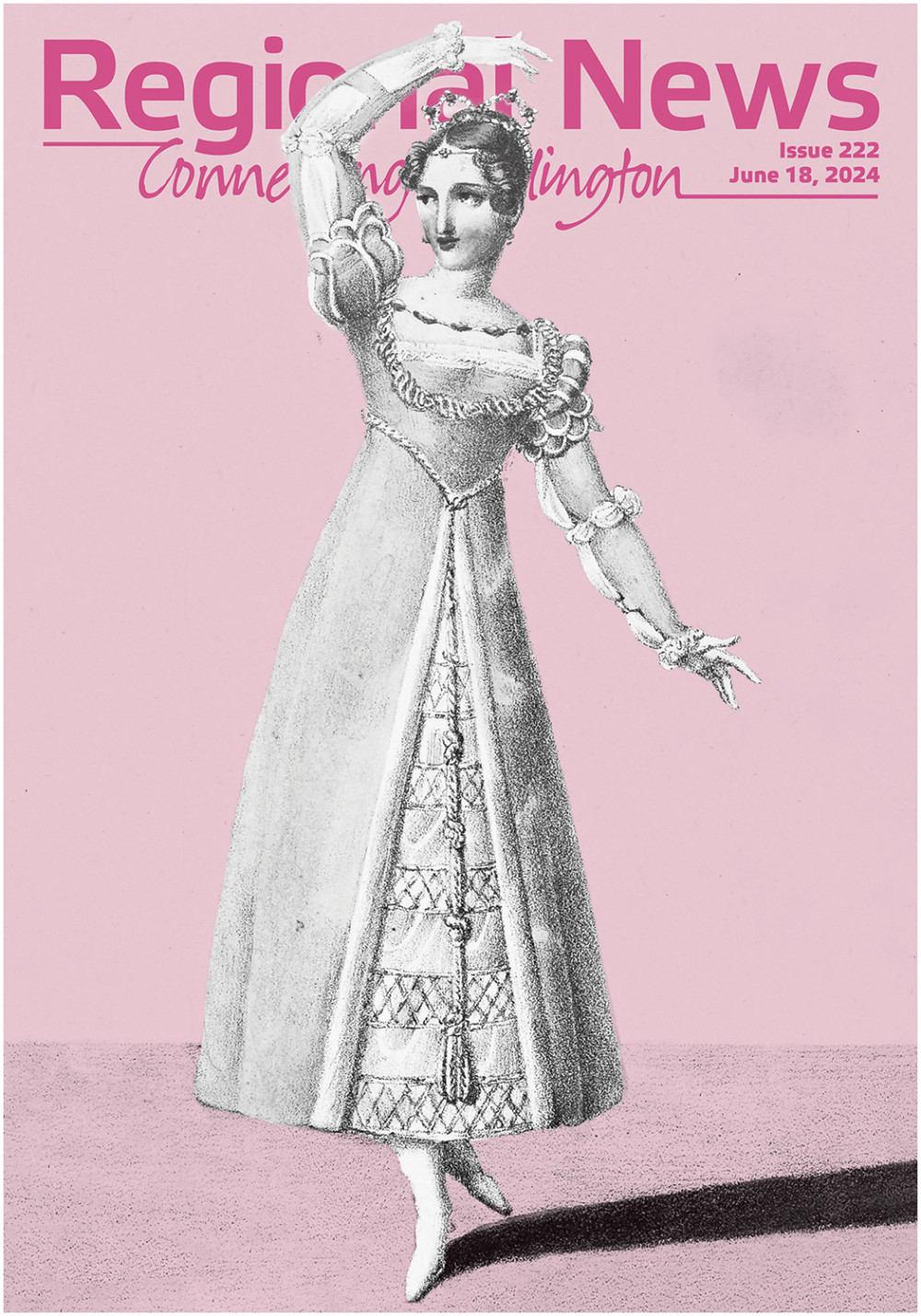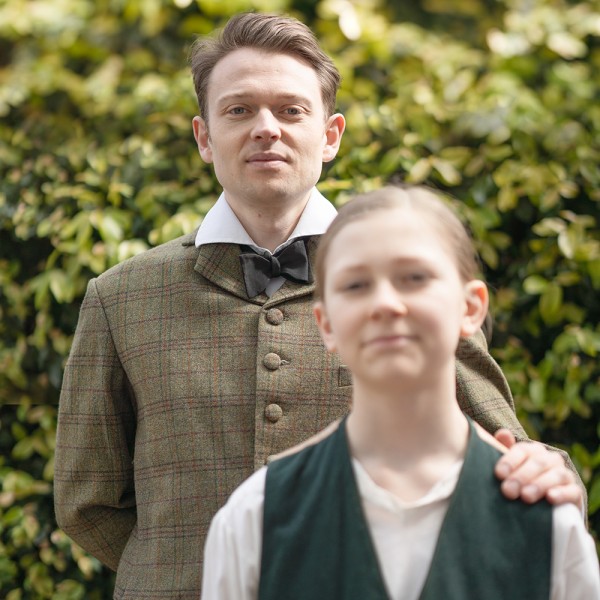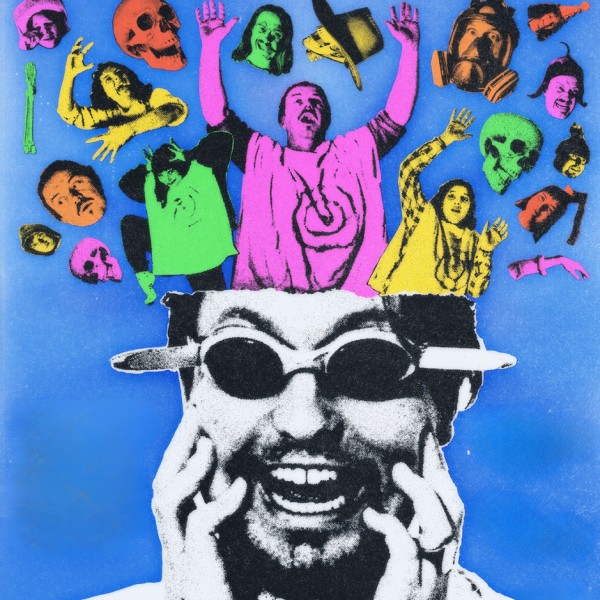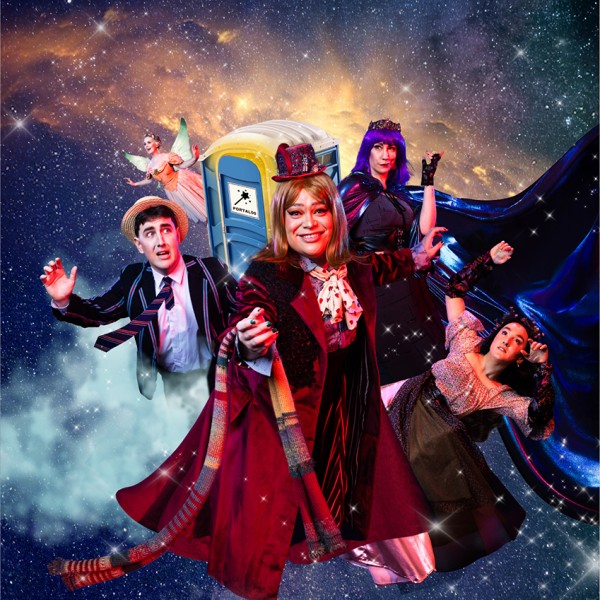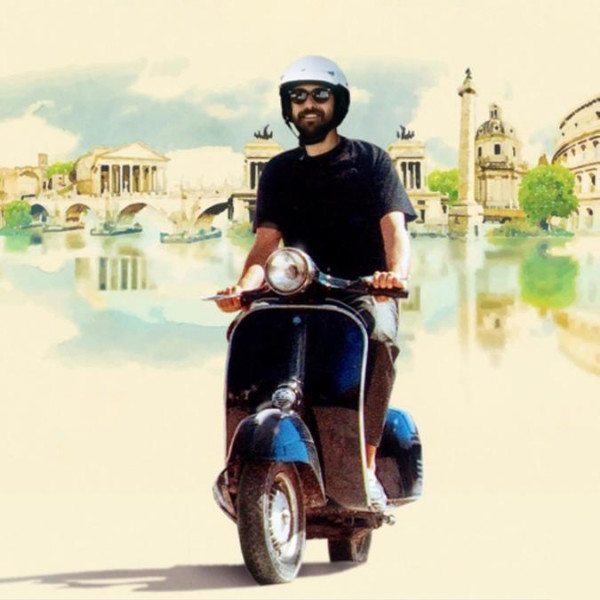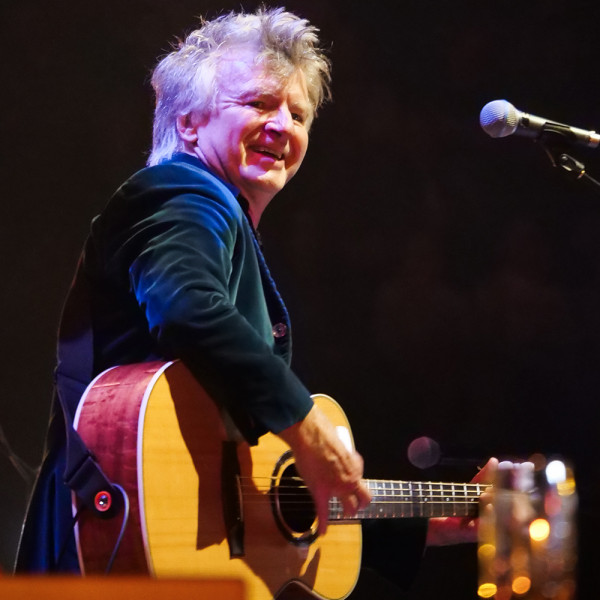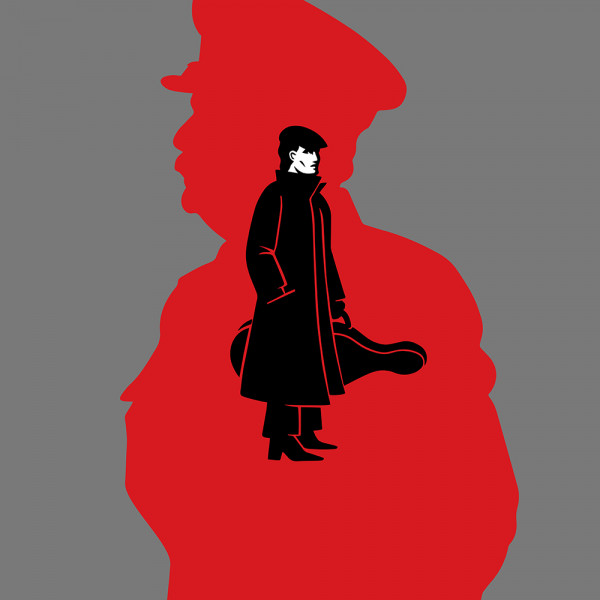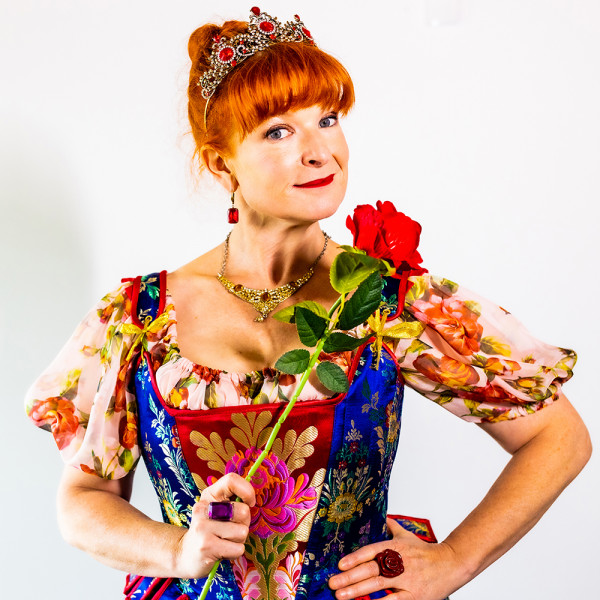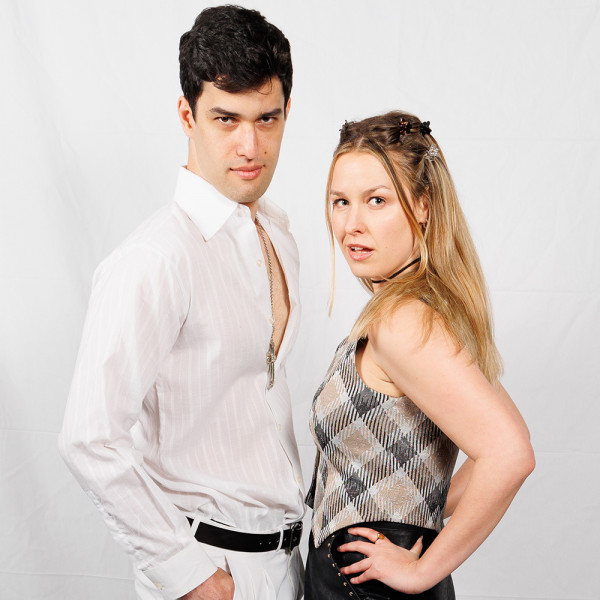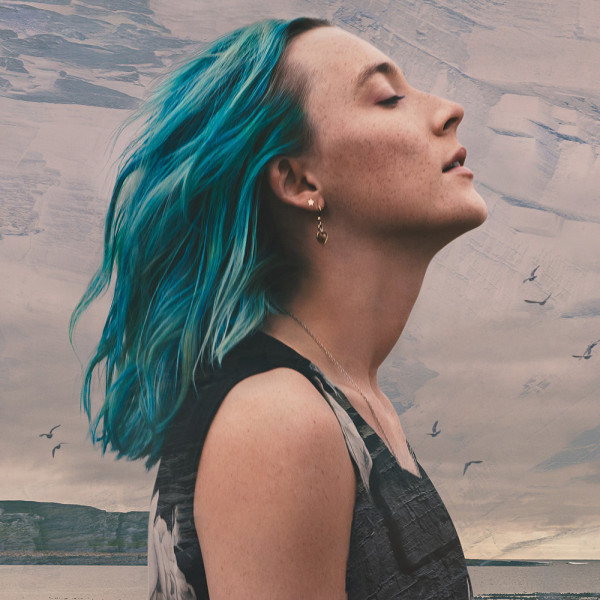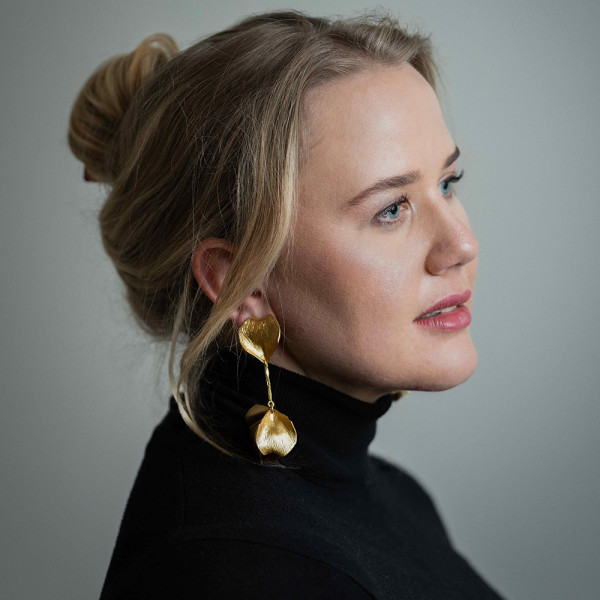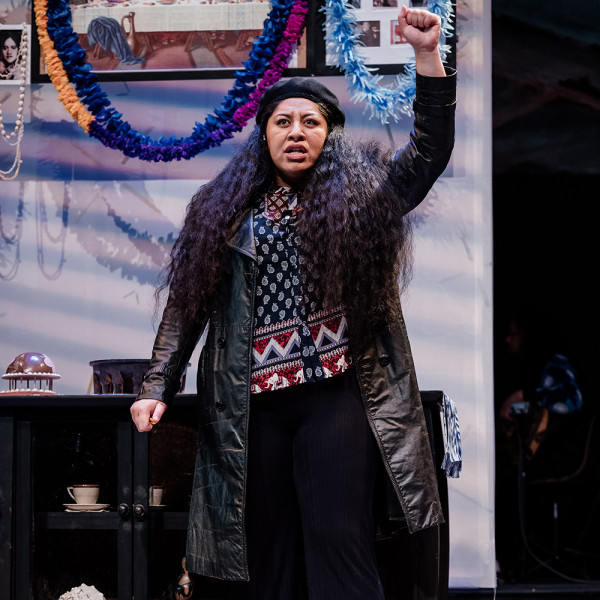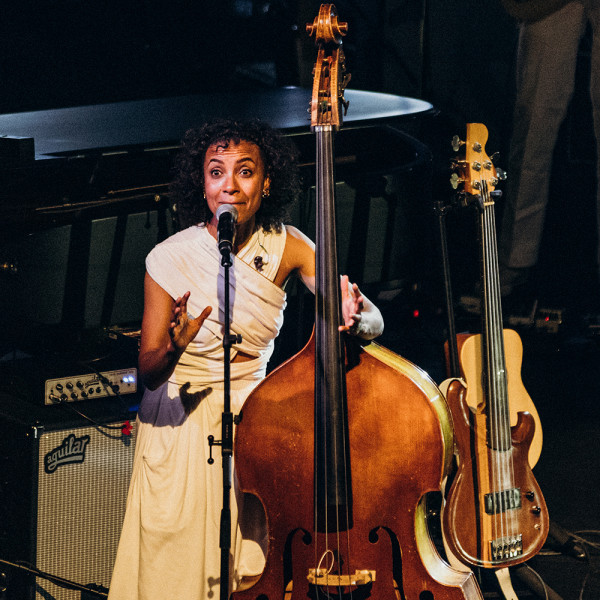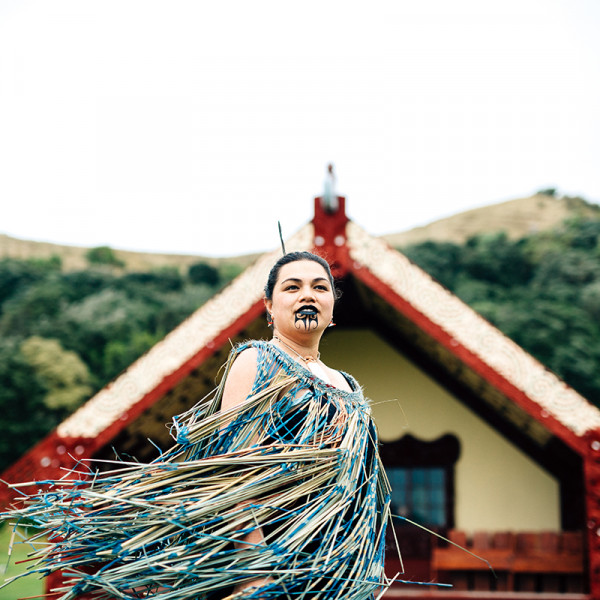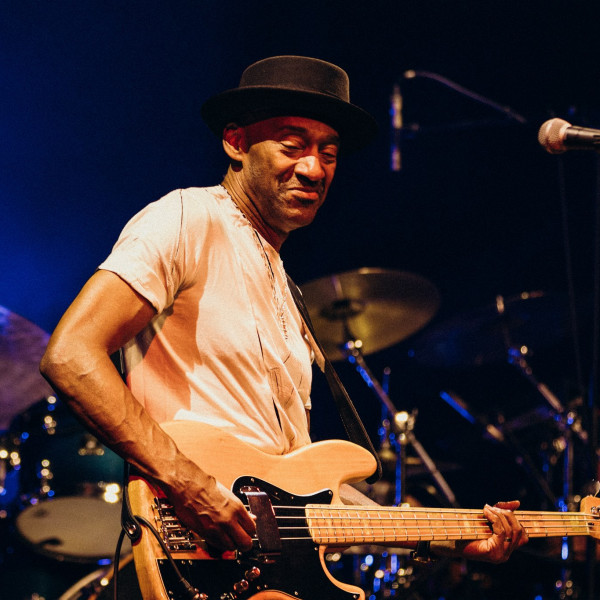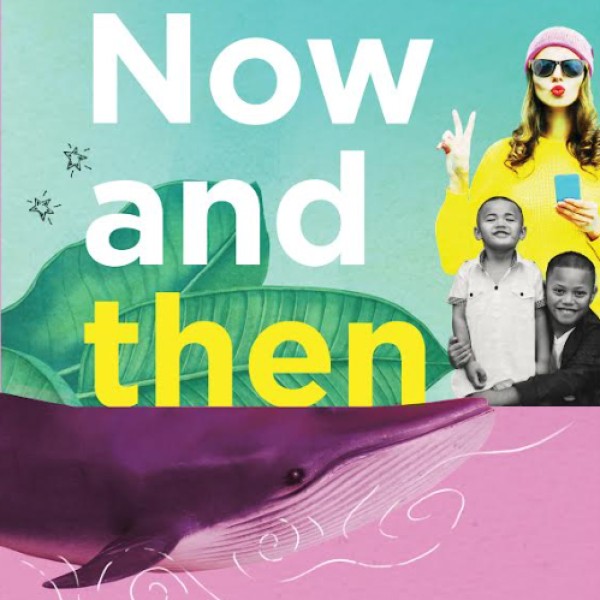
“Eclectic” is an understatement as a descriptor for this collection. The latest Landing Edge anthology continues its tradition of social commentary – this time with contributions from 92 writers of all ages and from varying cultural and language backgrounds. In place of the erudite and the esoteric, we get a diversity of poetic reflections on the theme of generations that are appealing in their relatability.
Asher Carey, aged seven, has a view on how generations start – you can say a lot in five lines! Vaughan Rapatahana writes his poem in te reo and English, and concludes with “I walk backwards into the future, with my eyes fixed on the past.” And James Brown opens with “Ancestors are deceased people who bother you sometimes.”
Life’s worth by Maytal Noy, whose extended family lives in Israel, offers a spinechilling view of the conflict between Israel and Gaza: every line here is a challenge. It demonstrates that a poem can make a powerful statement every bit as effective as a political one.
Sure to rise by Suse MacGillivray is, perhaps predictably for some readers, a tribute to the Edmonds Cookery Book. Here is an affectionate look at a century-old recipe collection, recalled with images to make us smile: “from dog-eared, sticky and stained” to deluxe editions espousing tahini and cashew cream.
Kaumatua by Ricky Masterman is the only poem here that rhymes! Rhyming gives momentum and that’s what enhances a ballad-style account of a long and satisfying life. I loved “the kids came fast and grew like grass, we squeezed the beggars in.”
Among the poems about women, Do not go by Jan Jordan is one of the most outstanding. Known for her writings about women as victims and survivors of sexual violence, Jordan’s use of language powerfully recalls the times when the “nymphs of the pave” were most vulnerable “to the blue sleeve of the law”.
Now and Then is an accessible read, an encouragement to new writers, and a breath of nostalgia for us all.



